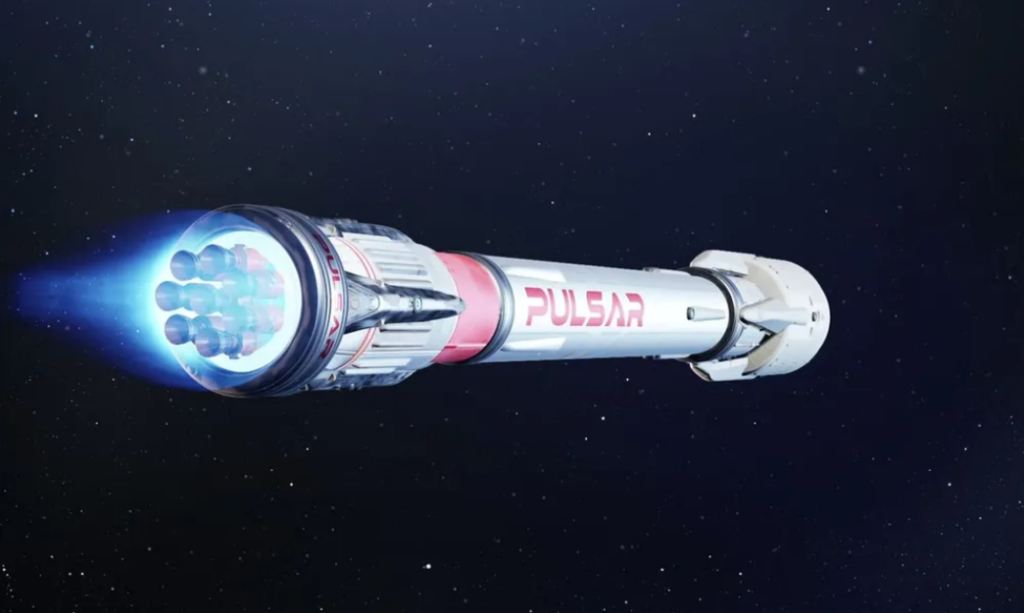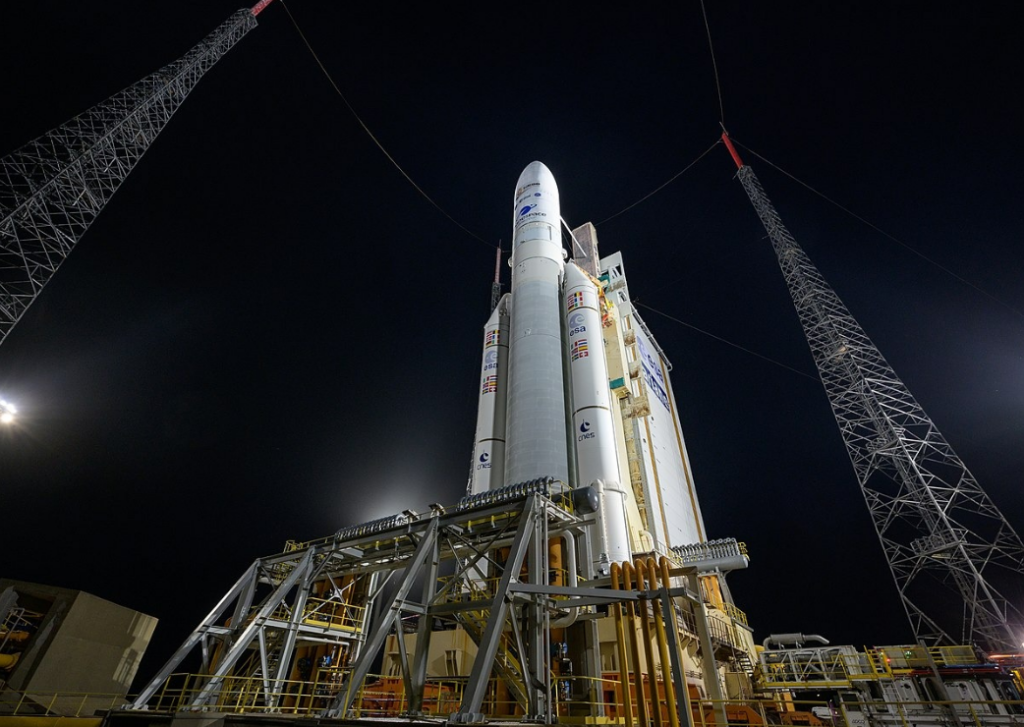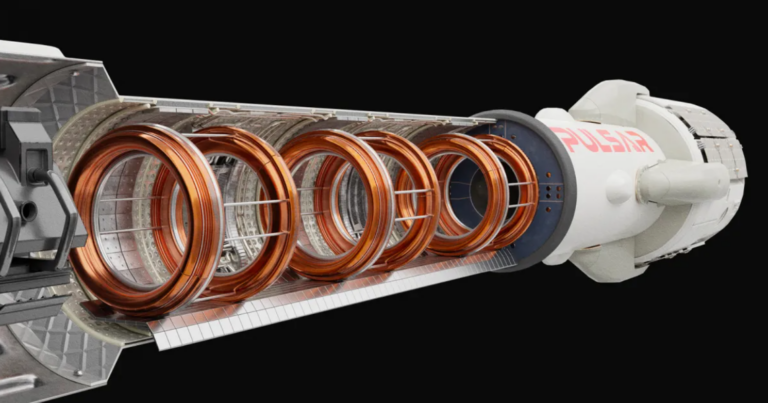British Researchers Develop Fusion Rocket for Travel at Speeds of 500,000 MPH
Pulsar Fusion, a British aerospace startup, is developing a fusion rocket capable of reaching speeds of 500,000 mph, enabling human exploration of currently inaccessible destinations.
Extended exposure to microgravity and cosmic radiation poses significant health risks for astronauts. Consequently, NASA must limit the duration of future Mars missions to ensure astronauts return in good health within four years.
With existing rocket propulsion technology, the journey to Mars alone takes seven months. Considering the return trip to Earth, almost a third of a Mars astronaut’s mission is devoted solely to the commute.

The company envisions halving the travel time to Mars by leveraging the potential of nuclear fusion, the same process that powers the sun.
Richard Dinan, the CEO of the company, stated, “In our expanding space economy, there is a significant demand for swifter propulsion, and fusion provides a power output 1,000 times greater than conventional ion thrusters currently utilized in orbit.”
Fusion results from the merging of two atoms, releasing an immense amount of energy without producing harmful emissions. This characteristic has long positioned harnessing nuclear fusion as a coveted goal in clean energy research. Various groups have achieved fusion reactions by confining super-hot plasma within electromagnetic fields.
Controlling the turbulent plasma, heated to hundreds of millions of degrees, has remained elusive for scientists, causing the reaction to cease abruptly.
Pulsar Fusion aims to harness atomic reactions in creating a fusion rocket that achieves exhaust speeds, propelling the spacecraft at an unprecedented 500,000 mph—the fastest speed ever achieved by a crewed rocket being 24,791 mph.
According to Adam Baker, a pulsar propulsion engineer, “A fusion rocket could revolutionize space travel, enabling swift round trips to Mars and exploration of the outer planets within weeks, not months or years. This technology opens up possibilities for journeys to witness the rings of Saturn or the moons of Jupiter.”
Pulsar has recently joined forces with aerospace R&D company Princeton Satellite Systems (PSS) for a study utilizing AI to model the behavior of hot plasma in a fusion rocket engine. Additionally, the company has commenced the construction of an eight-meter fusion reaction chamber in the UK.

The objective is to initiate the operation of the fusion reaction chamber in 2025, with the aim of reaching fusion temperatures by 2027. Subsequently, the next phase involves conducting an in-orbit test firing to demonstrate the viability of a fusion rocket, potentially heralding a new era in space exploration.
If the Pulsar rocket test successfully attains fusion temperatures during its demonstration to aerospace partners in 2027, the technology holds the promise of significantly reducing mission durations to Mars, cutting the flight time to Saturn from 8 years to 2, and ultimately providing the capability for human exploration beyond our solar system.
Do not forget to share your opinion with us to provide you with the best posts !




0 Comments